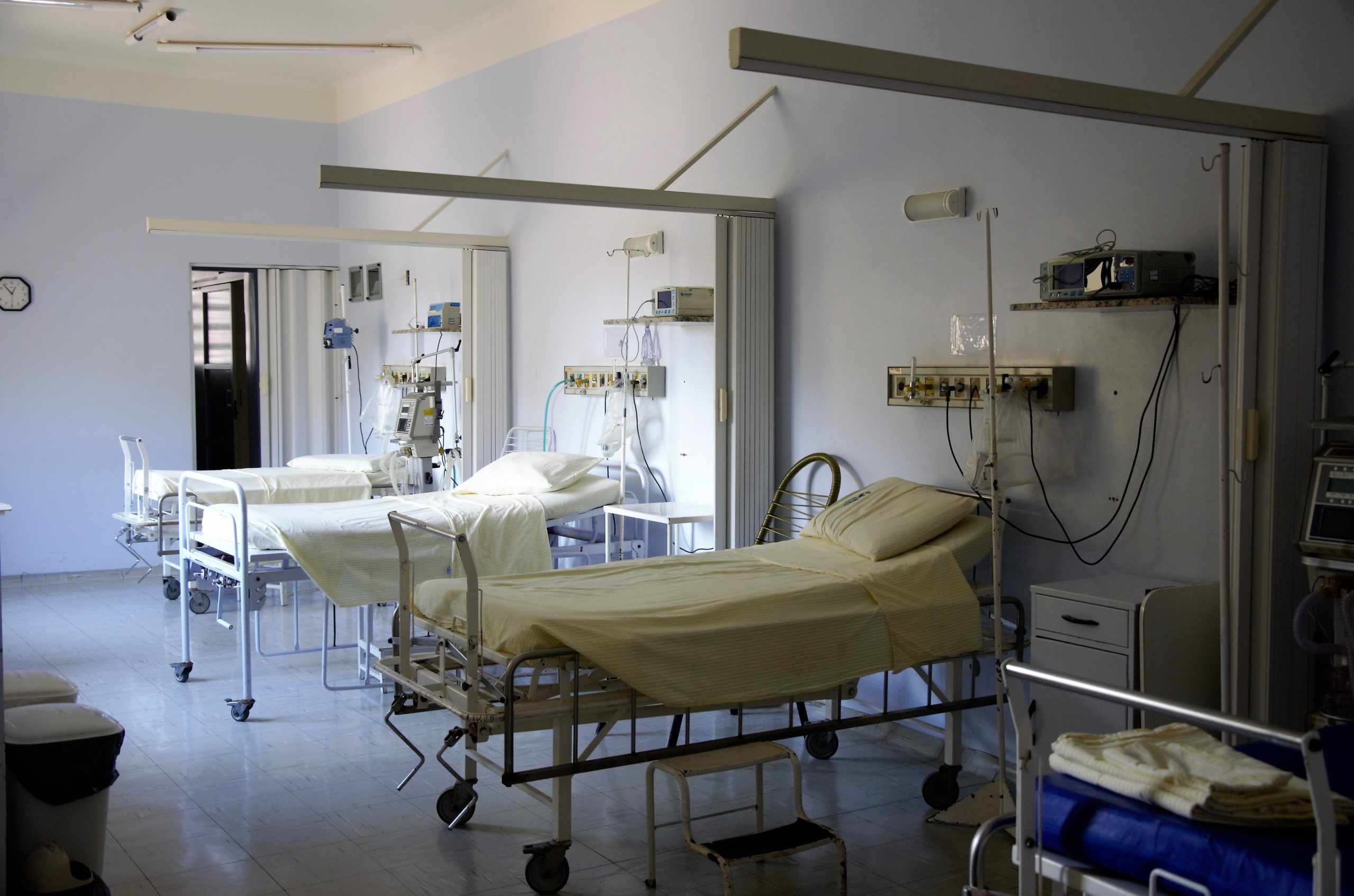How the Doctor Shortage Might Mean More Financial Aid for Med Students
- by

It’s no secret that the last two years have been particularly hard on the medical industry, including those in medical school. Students on their path to graduation have left early to work in ERs and urgent care centers, and in-person learning was abruptly stopped. The AAMC also released their annual guidelines, which show us how dire the need for physicians currently is and will become.
The Shortage
In June 2021, the AAMC released its yearly guidelines for medical school applicants, and included some of the most compelling numbers we’ve seen in terms of supply and demand for the medical field. In general, demand for doctors, especially those practicing general and family medicine, is expected to exceed the supply. This usually lands somewhere around a 40-thousand doctor shortage. But the 2021 insights are important because of the projections the AAMC has made for the future.
According to their 2021 guidelines, within the next 15 years, there is a projected shortage of up to nearly 125 thousand doctors. Wow. There are several reasons for this enormous demand, one of which is the percentage of the population that is over 65 years of age. This includes many currently practicing physicians. The birthrate in the US is currently lower than it’s been in decades, so in the next ten years, nearly a third of the country’s practicing physicians will be of retirement age.
Another factor in the shortage is the high cost of medical school. In the same 2021 release, the AAMC shared the average tuition rates for in- and out-of-state, private, and public universities. For in-state residents, tuition can range from an average of around $42k to just under $62k, while out-of-state students are paying an average of $58k per year for both public and private institutions, with some schools charging weighty tuitions of over eighty thousand dollars. These high costs have become a major barrier to even the most passionate students. However, there are some things you can focus on while building your applications that will help you stand out and find a school that will support your financial future.
Highlight your work with communities that reflect your area of interest
The doctor shortage is especially notable in underserved rural and urban communities, where even primary care physicians can be difficult to find, let alone specialists. With these areas hurting for medical presence, students who show a history of meaningful work with those communities may be offered more favorable merit-based financial aid if they express continued interest. Similarly, applicants with work history in areas such as psychology and geriatrics—two areas of medicine currently experiencing an increased need for practitioners—should ensure that those interests are front and center in their applications.
An increasing number of physicians are focusing on sub-disciplines and narrowly focused sub-fields, so the shortage of generalists is growing quickly. This means that you might see increased pressure to go into internal medicine or family practice in the coming years. If this is already an area that you’re interested in, make it known! It could help you find premium opportunities in communities that need your help, and could even incentivize your financial aid.
Look at schools committed to providing financial aid for med students
While the price tag that comes with med school can look hefty at first, there are some schools that are interested in lightening that load. In 2019 Cornell, for instance, announced that they were dedicated to eliminating debt for any accepted student who qualified for financial aid. In fact, Cornell is one of seven universities that have made public their efforts to reduce the financial burden on qualified medical students. Columbia and Cornell both base their awards on financial need, while Washington University makes its decision based on a combination of need and academic merit. UCLA’s program is purely based on academic merit, but Kaiser Permanente is waiving all tuition fees through 2024, and NYU and Cleveland Clinic medical schools both offer free tuition to all current and future matriculants.
Consider your repayment options, and see if you qualify for government programs
The current and expected increase in a physician shortage is starting to push government officials to offer more opportunities for financial aid and options for repaying student debt. For example, in November of 2021, the White House announced that they were investing $1.5B to help reduce the doctor shortage in underserved communities. This money focuses on loan forgiveness and improving provider presence in areas with poor access to primary care physicians. Students who are a part of the program work for two to three years within these communities, in exchange for up to $100k in loan forgiveness through the National Health Service Corps.
Don’t forget scholarships!
With a rising number of students applying for med school, communities and aid programs are reaching out to support them. There will likely be many scholarships available, depending on your personal background and where you want to take your career. While one scholarship may not cover all of your financial needs, institutions like the AMA and even the AAMC itself offer yearly scholarships to students. Some companies even have their own scholarships, such as Tylenol’s Future Care Scholarship.
The AAMC’s 2021 guidelines may be showing us a concerning snapshot of where medicine could go, but the current climate is pushing change forward regarding how the U.S. finances medical students. We are already seeing a change in the way that medical schools approach tuition. This can inform your school choices, help you navigate the financial aid process, and lead you to fulfilling work in an area that needs you. If you have specific areas of interest, look for related school programs and scholarships. More opportunities are being created each year to match the increasing need for medical students, and some of those opportunities could be yours!
Search the Blog

Free Consultation
Interested in our Online MCAT Course, One-on-One MCAT Tutoring or Med admissions packages? Set up a free consultation with one of our experienced Senior Student Advisors.
Schedule NowPopular Posts
-
MCAT Blog What's on the MCAT?
-
MCAT Blog How to Review MCAT Full Lengths

Free MCAT Practice Account
Need great MCAT practice?Get the most representative MCAT practice possible when you sign up for our free MCAT Account, which includes a half-length diagnostic exam and one of our full-length MCAT practice exams.
Learn More







